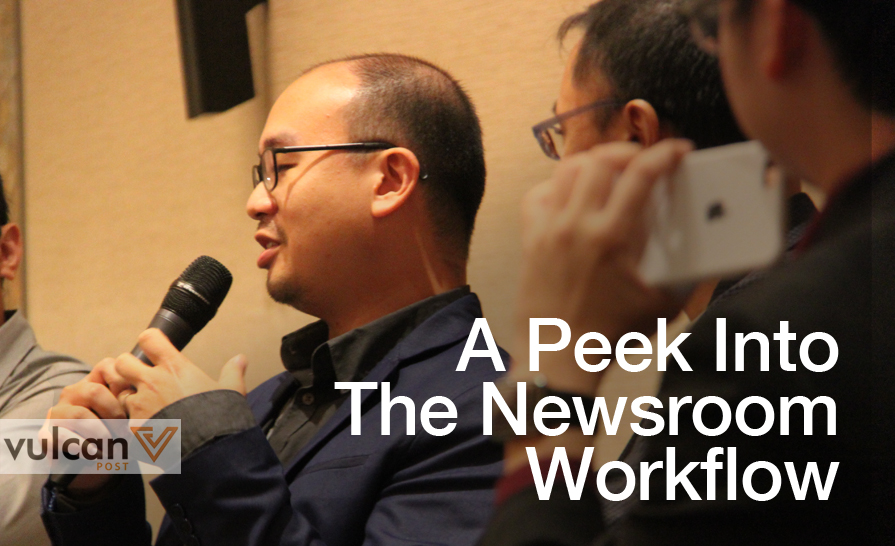At our Digital Publishers Summit earlier this week, we had the privilege of hosting Adrian Tay, editor at AsiaOne, Aloysius Low, senior writer at CNET, as well as Daniel Yap, publisher at The Middle Ground. We had the chance to also talk to them about how their respective newsrooms work.
A Day In The Life Of A Journalist
According to all three panelists, their respective teams pretty much react to the news that enter their newsrooms daily. After settling down at the office, the team at AsiaOne, as content aggregators, look at the articles that did well using a traffic monitoring tool. These will be prioritised and pushed more on their social media channels.
For Aloysius and Daniel, their teams also monitor their social media feeds to find out what is happening, and decide on which ones are worth reporting. A day in a journalist’s life very much involves media monitoring for newsworthy content, as well as responding to email pitches on top of writing and producing content.
“There Is No Editorial Calendar”
One of the biggest misconceptions many PR professionals may have is thinking that newsrooms stick to an editorial calendar. But according to all three panelists, there is no such thing as an editorial calendar for digital newsrooms; editorial calendars only exist for print publications and magazines, which need to be planned months in advance.
That said, the various digital newsrooms do have generic calendars that are centred around events and major festivals. The key takeaway for PR professionals from this panel, then, is this: online newsrooms don’t operate with editorial calendars, so don’t email them asking for one.
Face-To-Face Interviews Are Better
When asked what method of interviews is preferable for them, there was a unanimous response: all named face-to-face interviews as their first choice, rather than email or phone interviews. “You can get so much more from face-to-face interviews through their body language, what they say and how they say it,” shared Daniel. He also brought up the case of the recent Shuqun Secondary School bully, and shared that the team managed to get an exclusive interview with the victim’s mother, and that it felt like it was “journalism done right”.
Ultimately, all of us online publishers are always on the hunt for great stories to publish and share with our respective readers. The best way to reach us? Email, without a doubt.
